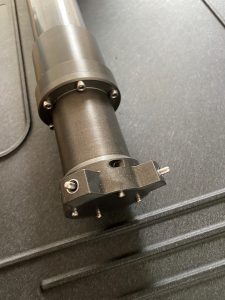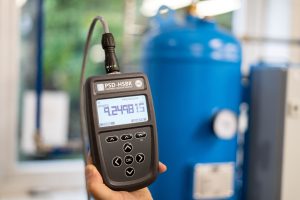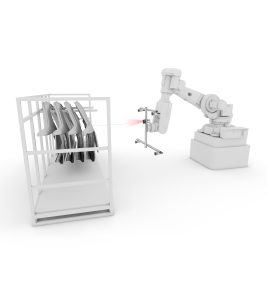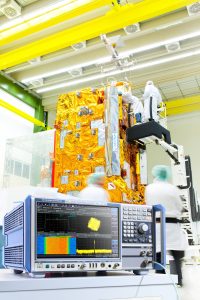Nanusens, a British electronics company that is re-inventing sensor technology, has appointed Dr. Phil Daniell as its VP of ASIC Engineering. He has over 25 years’ senior design experience at Cypress, Maxim, GF Micro, Trameto and Phoelex.
Nanusens CEO, Josep Montanyà, said, “Phil will play a crucial role in the next growth phase of Nanusens. We have solved the challenges of making MEMS-within-ASICs and Phil’s huge experience of ASICs will ensure that we can support customers with very easy integration of our embedded sensors solutions into their ASICs.”
Dr Phil Daniell added, “In my 25 years of silicon ASIC engineering, I found that the integrated MEMS technology innovated by Nanuses to be one of the most exciting and disruptive technologies that I have seen in my career. The prospect of implementing MEMS on the same die as more typical digital and analogue CMOS circuits is truly ground-breaking, and I was keen to work with Josep Montanyà and his team of experienced and dedicated engineers. I felt privileged to be offered a position of VP of ASIC engineering in such a dynamic start-up company with such a bright future ahead. I particularly look forward to growing the ASIC team to develop the product and IP portfolio to realise the potential of this cutting-edge technology.”
Technology backgrounder
Nanusens is the only company to have perfected the building of sensors within chips. The sensors, called MEMS, are built using the standard chip manufacturing techniques, called CMOS, that are used to build the electronic circuits on chips and at the same time as the rest of the chip circuitry. This means that chips with Nanusens embedded sensors can be made in any of the many CMOS fab in virtually unlimited numbers and with the high yields that are normal in such fabs with all the benefits of low unit costs that fab production provides.
A key new innovation by the company is development of a novel control circuit that measures the capacitance changes within the sensor to provide sensor data. Like the sensor itself, this is also a digital IP block so it can be incorporated in the floor plan of the device’s control chip, or ASIC, using standard EDA tools. This pairing for sensors and control circuitry as IP is unique as no other sensor solution can be turned into an IP block and made using standard CMOS techniques within the layers of the chip structure. This also significantly reduces the complexity and bill of materials costs for an AIoT device.
Nanusens has already built accelerometer sensors into an ASIC chip using this unique technology. It is developing many other different types of embedded sensors such as gyroscope, magnetometer, pressure sensor, microphone, IR imagers and gas sensor as most of these are variants on the accelerometer design. These open up many other massive markets for its embedded sensors such as smartphones, earbuds, wearables, automotive, medical equipment and aerospace, to name but a few. As a result, the company has started a Series A funding round.
Further details of Nanusens MEMS-within-ASIC™ technology can be found at www.nanusens.com
 Instrumentation Monthly Test | Measurement | Control
Instrumentation Monthly Test | Measurement | Control






 On 17 January 2024 Instrumentation Live and Electronics Live will come together for the very first time at the National Conference Centre (NCC) in Birmingham. The one-day table top exhibitions will present the very best tech under one roof, making it an unmissable day for networking to kick off 2024…
On 17 January 2024 Instrumentation Live and Electronics Live will come together for the very first time at the National Conference Centre (NCC) in Birmingham. The one-day table top exhibitions will present the very best tech under one roof, making it an unmissable day for networking to kick off 2024…





